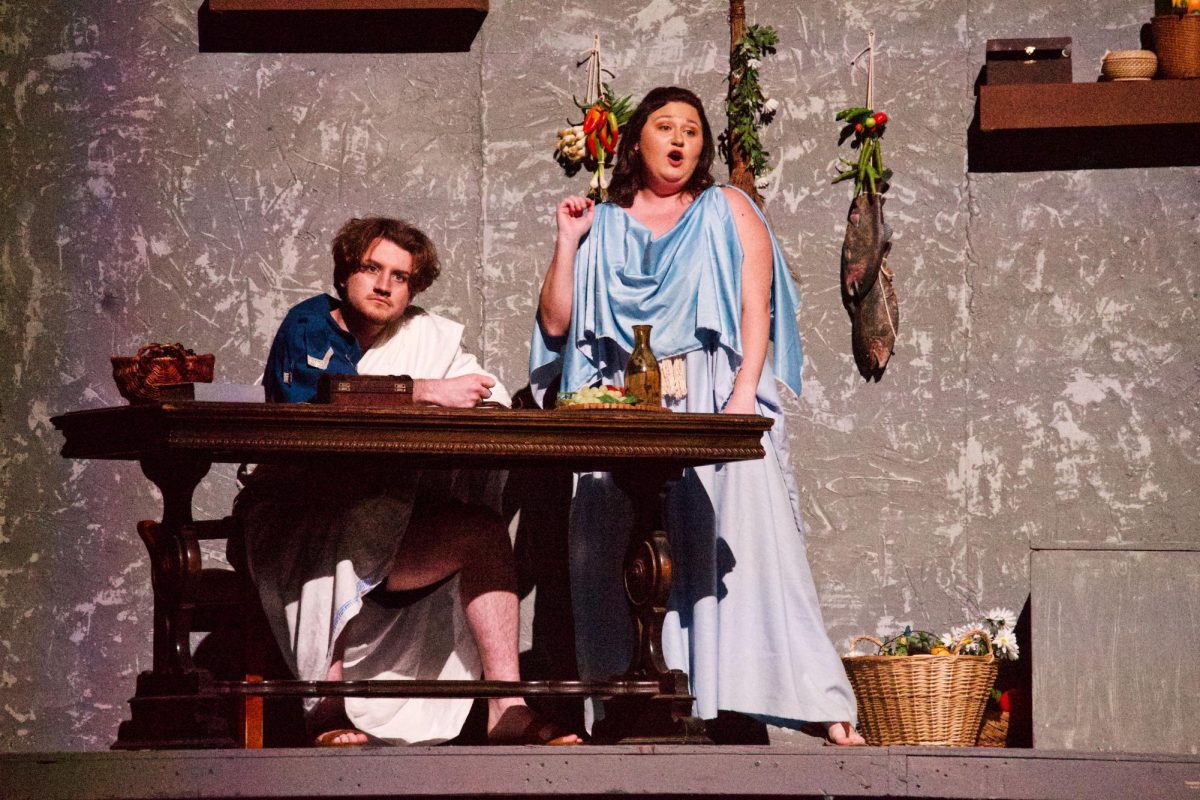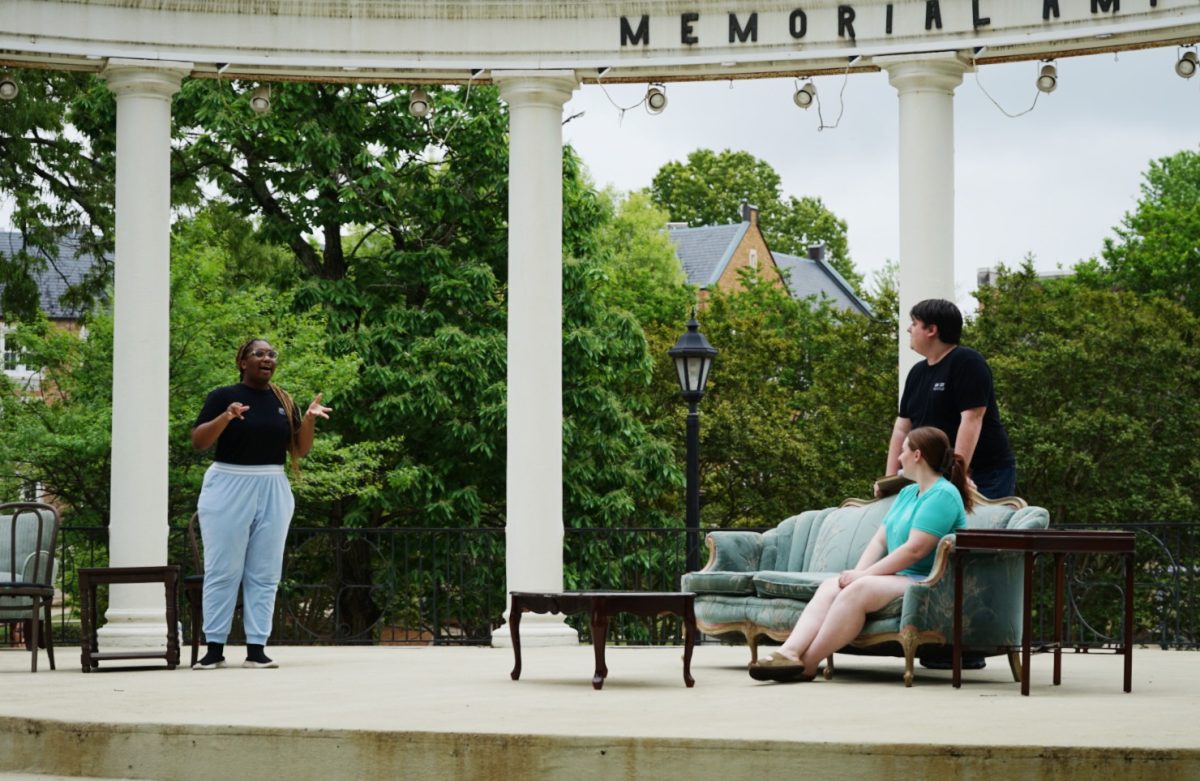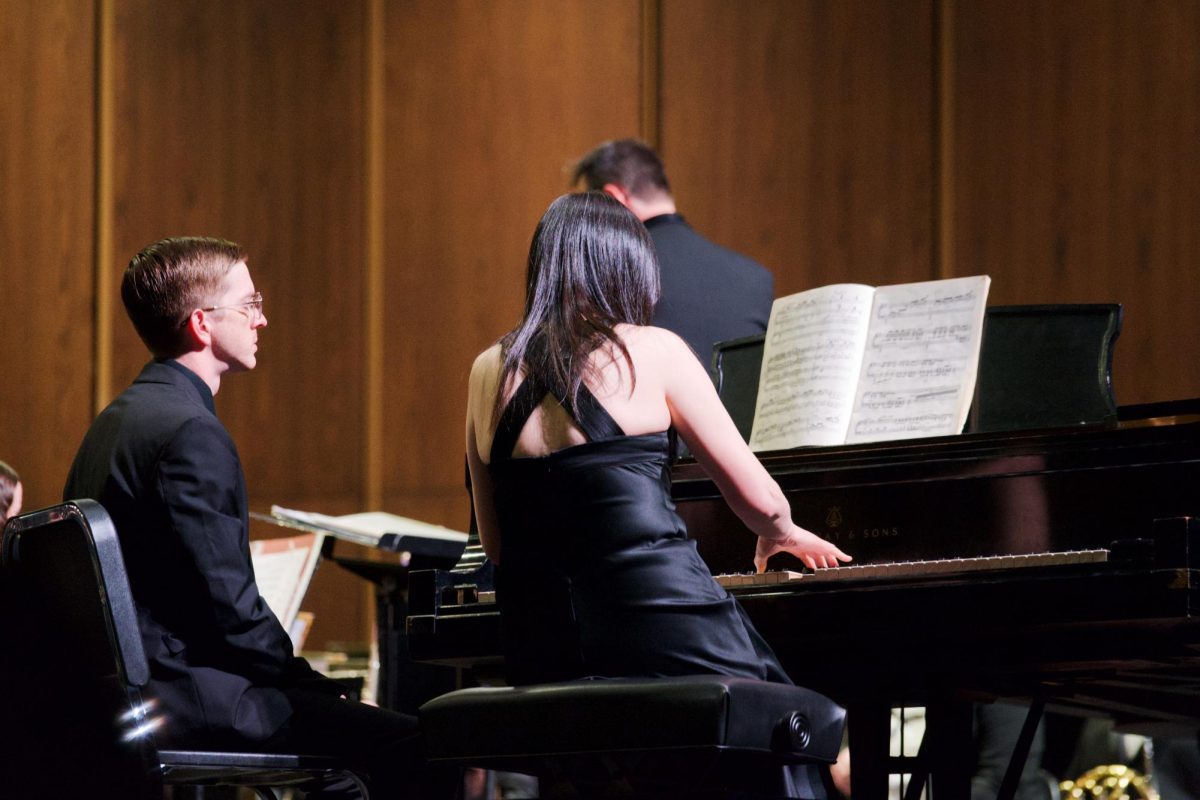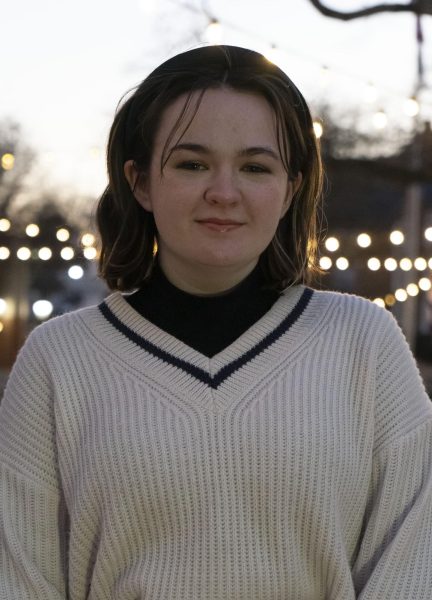Netflix released a live-action adaptation of “Avatar: The Last Airbender” in February. The show was originally an animated Nickelodeon series, aired from 2005 to 2008.
The show is set in a war-torn world where people can “bend” the four elements: water, earth, fire and air. The Avatar, someone who can bend all four elements, comes once every lifetime and reincarnates after death. The show follows 12-year-old Aang, the last living Airbender, who also happens to be the Avatar. After the genocide of his people, the Air Nomads, by the Fire Nation, he went into a protective “Avatar state” for 100 years in an iceberg.
He is found by 14-year-old Katara and 16-year-old Sokka, two siblings who live in the Southern Water Tribe. Katara is the last living waterbender in the south, and is forced to hide her waterbending for fear of retribution from the Fire Nation. Aang is unaware that his people have been wiped out, or that 100 years have passed.
Another key player is 16-year-old Prince Zuko, the crown prince of the Fire Nation. After banishment from his father, he has been tasked with finding the long-missing Avatar. He is accompanied by his uncle Iroh, a Fire Nation general and the “Dragon of the West.” Though Iroh is a high-ranking official and a part of the imperial family, he is generally pretty peaceful and grounded. Zuko contrasts this with a hot temper and (no pun intended) fiery personality. He is dead-set on finding the Avatar and regaining his father, the Fire Lord’s approval.
The show is well-known and well-loved for its diversity and representation. The Fire Nation is inspired by Imperial Japan, the Earth Kingdom is inspired by monarchical China, the Air Nomads are inspired by Tibetan Buddhist monks and the Water Tribes are inspired by the Inuits and Yupiks.
The live-action show has stayed true to their goals of representation. The Earth Kingdom has shown some inspirations from south-central Asian cultures, most notably Indian. Utkarsh Ambudkar, known for his roles in The Mindy Project, Ghosts and Pitch Perfect, plays King Bumi. Danny Pudi (who I remember most from Community) plays side character Sai the Mechanist.
The main cast of characters are Gordon Cormier as Aang, Kiawentiio as Katara, Ian Ousley as Sokka, Dallas Liu as Zuko, Paul Sun-Hyung Lee as Iroh, Daniel Dae Kim as Fire Lord Ozai and Elizabeth Yu as Princess Azula.
In regards to the casting and cultural depictions, showrunner Albert Kim said that, “this was a chance to showcase Asian and Indigenous characters as living, breathing people. Not just in a cartoon, but in a world that truly exists, very similar to the one we live in.”
The first episode starts with heavy hitters, showing the genocide of the Air Nomads. The animated TV show obviously did not show their eradication, but Netflix doesn’t hold back. The show also does a good job of covering the same ground that the animated show did in the first episode, dabbling in some scenes from the first half of episode three.
What we gather from the first ten minutes or so is that Fire Lord Sozin wants to create an empire, and the unifying force of the Avatar is standing in the way of world domination. Their plan? Wipe out the Air Nomads, which is where the Avatar is bound to come from.
Meanwhile, Aang is just being told that he is the Avatar. He takes this poorly, and flies away on his bison before the Fire Nation can kill him.
There’s a cool callback to Katara’s narration at the beginning of the animated episodes (“Long ago, the four nations lived together in harmony…”), where her grandmother delivers the monologue to Aang and a group of waterbenders when he is brought back to their village.
The Southern Water Tribe is also given an actual name, in contrast to what the animated show had. The Southern tribe is called Wolf Cove, while the Northern tribe is called Agna Qel’a.
I liked most of the changes made to the show. Netflix usually has its adaptations take a darker, grittier take, and I don’t think that was a bad call here. The world is war torn. There are horrible crimes against humanity happening all around these kids. It makes sense that things would be dark and scary for them.
My favorite part about the show is that the characters actually look like kids. Azula, Zuko’s 14-year-old sister, comes to mind first. A lot of people didn’t know she was 14 in the original show, but she actually looks it now. It makes the dichotomy of her character shine even more. She is a horrible, sadistic person but she is also a child.
Are some of the changes unnecessary? Yes. Sokka’s character arc from a misogynistic teenage boy to a person who actually respects his sister for what she is is an amazing arc. Why would they do away with that?
Also, the show took out a lot of Katara’s feistiness and anger. She was a lot more hot-tempered in the animated show, but the live action show calms her down a lot. Just let women be angry. It doesn’t take away from her storyline as an eventual healer at all.
Overall, I think the adaptation is great. It has its flaws, but it is difficult to make a 20-episode first season into an 8-episode one. Some things had to be cut and rearranged.
The show was just renewed for two more seasons, and I can’t wait to see what else is in store.









